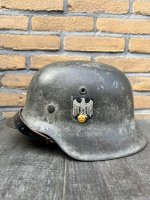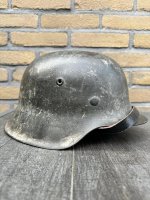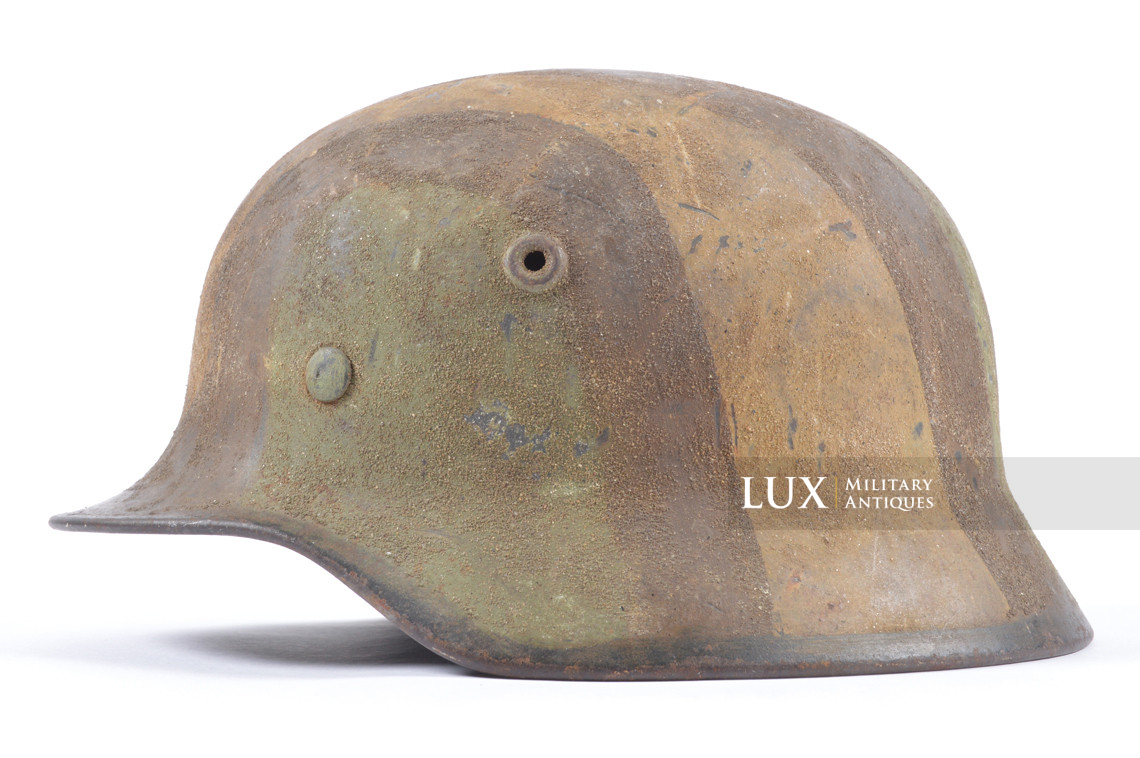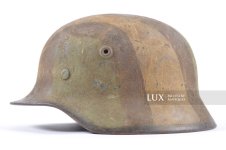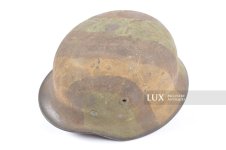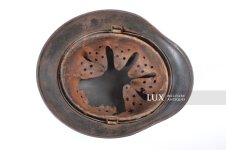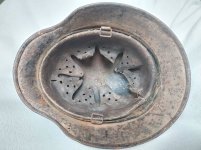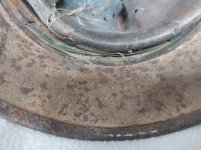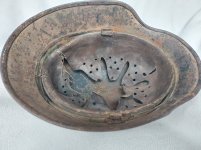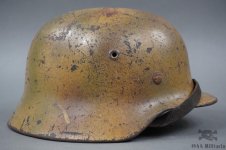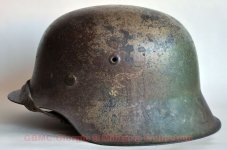M45
Well-known member
Happy Easter! This one appears to be a bonified snow camo (remnants of whitewash). ET66 M42 with factory ET decal.
If you must have an original snow camo, concentrate on ones like this. Stay away from the white painted ones with bright new paint and near 100% coverage.
If you must have an original snow camo, concentrate on ones like this. Stay away from the white painted ones with bright new paint and near 100% coverage.

